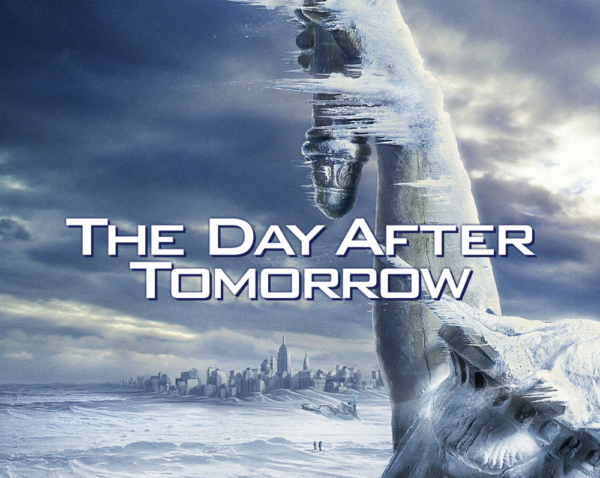Temporally, these films depict worlds on the brink of disaster and employ the “ignored expert” trope – be it scientist, alien, archivist, or psychic everyman – whose warnings of impending destruction are fatally ignored. As similar scenes unfold in real life, these films may be seen as cautionary tales. Many cli-fi movies ultimately remain cynical about humanity’s ability to respond to the identified danger, however. Such pessimism may be counterproductive if viewers sense that urgent calls to action are always doomed to fail.
Similarly, when the apocalyptic damage wrought by climate change is presented in the same cinematic language as countless other disaster movies, it risks joining the ranks of other spectacular threats – from earthquakes, to comets, to alien invasions – understood by audiences as either unlikely, inescapably devastating, or both.
Post-apocalyptic cli-fi can offer an even bleaker view of humanity. In Snowpiercer (2013), after an experiment fails to prevent a new ice age, earth’s last survivors reside in a high-speed train organised by class hierarchies and propelled by extreme exploitation. Mad Max: Fury Road (2015), a revival of the 1980s Australian franchise, weaves a commentary on gender into its desert wasteland survival narrative. Here, toxic masculinity and climate change go hand in hand. Fast Color (2018), in which black women protagonists save the earth from an 8-year drought, has been similarly praised for subverting paradigms of male power.
